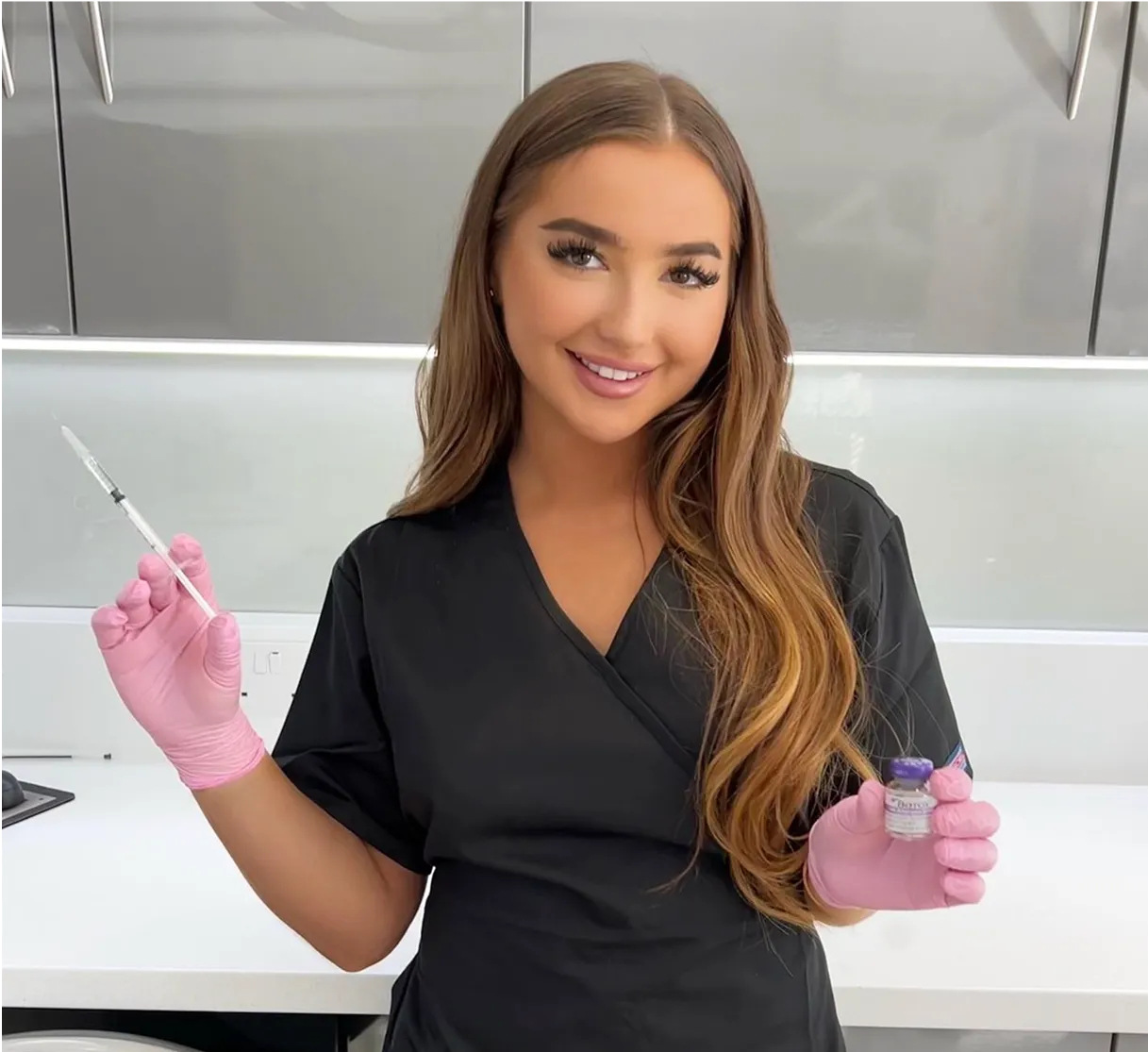Aging is inevitable, but how you age is in your hands. The key to aging gracefully isn’t about reversing time, it’s about maintaining healthy, resilient skin at every stage. The right preventative care, treatments, and lifestyle choices will keep your skin looking strong, smooth, and radiant without overdoing it.
In this guide, we’ll break down exactly what you should be doing in your 20s, 30s, 40s, and beyond to keep your skin in its best possible condition.
Your 20s: Prevention and Protection
Your 20s are about prevention. The habits you build now will determine how your skin ages in the future.
Key Priorities:
Daily broad-spectrum SPF 30+ to prevent premature aging caused by UV damage.
Antioxidants like vitamin C to neutralise free radicals and boost collagen production.
Hydration with hyaluronic acid and a moisturiser containing ceramides.
Avoid over-exfoliation—introduce gentle acids (AHAs/BHAs) sparingly.
Consider collagen-stimulating treatments like micro needling or polynucleotides to maintain long-term skin firmness.
Aesthetic Treatments Worth Considering:
Polynucleotides for deep skin hydration and collagen support.
PRP (Platelet-Rich Plasma) for early skin regeneration.
Low-dose anti-wrinkle injections if fine lines start forming.
Your 30s: Repair and Maintenance
By your 30s, collagen production starts slowing down by about 1% per year. Skin may begin to show early signs of aging, such as fine lines, dullness, and mild volume loss.
Key Priorities:
Retinol or retinaldehyde two to three times a week to increase cell turnover.
More targeted hydration using peptides and niacinamide.
Stronger SPF commitment to counter cumulative UV damage.
Gentle but effective exfoliation one to two times per week.
Treatments that stimulate collagen to counteract early volume loss.
Aesthetic Treatments Worth Considering:
Dermal fillers to subtly restore volume and support natural contours.
Polynucleotides and Sunekos to enhance skin elasticity and hydration.
Anti-wrinkle injections to soften expression lines.
Chemical peels such as the Obagi Blue Peel Radiance to refresh skin texture.
Your 40s: Rebuilding and Strengthening
In your 40s, deeper wrinkles, loss of elasticity, and volume loss become more noticeable. This is the time to focus on skin regeneration.
Key Priorities:
Collagen-stimulating treatments like PRP, micro needling, and polynucleotides.
Stronger retinoids and peptides to support cell turnover and repair.
Hydration from within through IV therapy with glutathione, vitamin C, and NAD+.
Hormone-related skin changes may require more specialised skincare.
Aesthetic Treatments Worth Considering:
Mid-face fillers to restore structure while maintaining natural expression.
Skin boosters like Sunekos, Profhilo, and polynucleotides to improve hydration and elasticity.
PRP and micro needling to enhance collagen production.
Chemical peels for consistent skin renewal.
50s and Beyond: Lifting and Firming
By this stage, the skin becomes thinner, deeper wrinkles form, and volume loss becomes more pronounced. Treatments should focus on structural support and hydration.
Key Priorities:
Lipid-based serums and richer moisturisers for deep hydration.
Treatments that preserve existing collagen and encourage new growth.
Aesthetic treatments that enhance natural structure rather than overcorrect.
Continued SPF, antioxidants, and exfoliation to maintain skin health.
Aesthetic Treatments Worth Considering:
Strategic dermal fillers to restore balance without adding excess volume.
Advanced skin tightening treatments such as RF micro needling, PRP, or Sunekos.
More frequent chemical peels and facials for ongoing skin maintenance.
Conclusion: The Key to Aging Well is Consistency
Aging gracefully isn’t about chasing trends—it’s about long-term, smart skincare choices. Investing in preventative treatments early, staying consistent with a well-planned skincare routine, and choosing aesthetic treatments that enhance rather than alter your appearance will ensure your skin remains healthy and strong for years to come.
If you’re unsure where to start, book a free 15-minute consultation. We’ll assess your skin and create a tailored plan to keep you looking and feeling your best.















